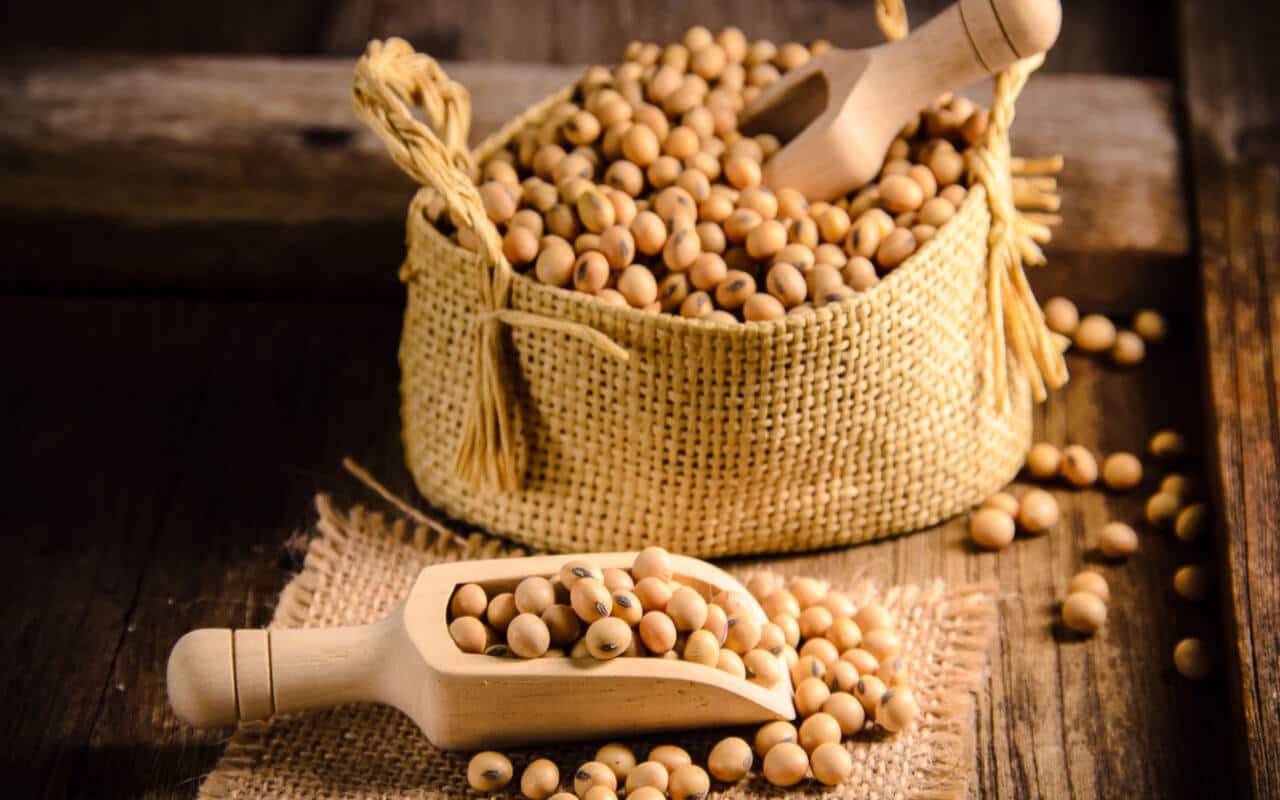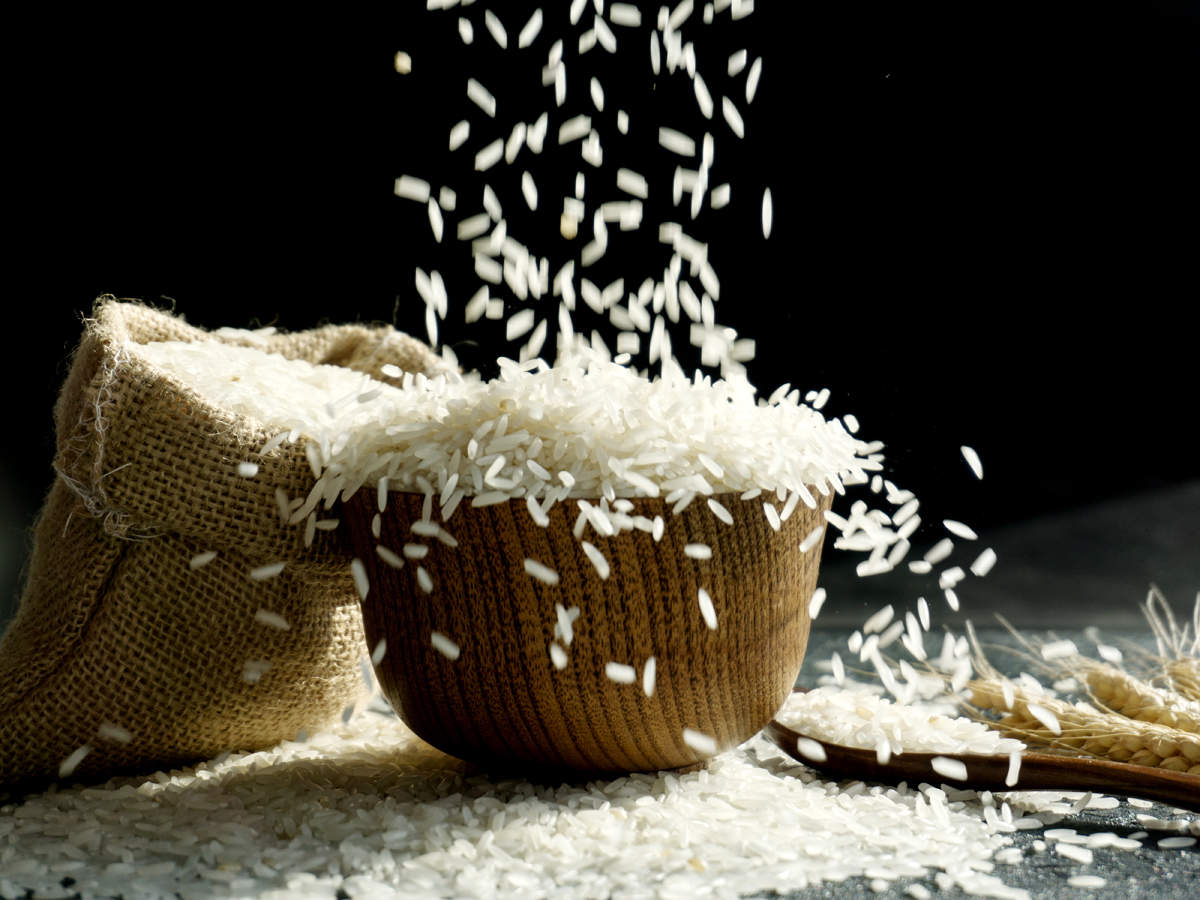This season (October 2022–September 2023), India’s production of chillies is anticipated to increase by 23%, and jeera (cumin) and pepper production are also anticipated to rise. According to reports presented at the International Spice Congress 2023 (ISC 2023), however, turmeric production will probably be lower due to waterlogging of the fields during the monsoon. Jeera prices are anticipated to rise although chilli prices may not rise as much as they did last year, according to a panel at ISC2023, which was hosted by the All India Spices Exporters Forum.
With the exception of pepper, the outlook for the world’s crops will match India’s production trend. In comparison to 5.21 lt last season, the world’s pepper production is estimated to be 5.39 lakh tonnes (lt) this season. The production of cumin over the world is still less than 5 lakh tonnes, and it is still less than it was before the pandemic in India. According to the studies titled “Reboot n’ rebound Beyond the new normal” that were presented at the conclusion of ISC2023, India’s chilli will probably benefit from a 10% decline in the Chinese harvest. India’s chilli crop is not in danger from the black thrips, which severely damaged the plants and reduced output and production.
As a result, the production of chillies decreased to 12 million tonnes (mt). With the farmers’ viewpoint shifting, a higher yield of 11.5 tonnes of chillies per acre is anticipated. Production will probably grow to 16 mt as a result. Production of jeera, which fell by 20% to 3.88 lt last season, is predicted to increase to 4.14 this season. The outcome is that global production will increase to 4.35 lt from 4.08 lt. According to the analysis produced by ITC Ltd, net supply from India is expected to decline by 7%, maintaining the bullish outlook for pricing.
During the post-Covid period, pepper planting suffers from neglected farms, expensive labour, poor returns, curtained demand, and supply-chain instability. According to the report, which was created by Herbs and Spices, production in India may rise from 52,000 tonnes the previous season to 53,500 tonnes. Low rates of insect attack and sparing chemical use are likely to be advantageous for farmers. Although the price trajectory for turmeric will be determined by demand, the season’s huge carryover supply of 1.7 lt is a negative issue.

